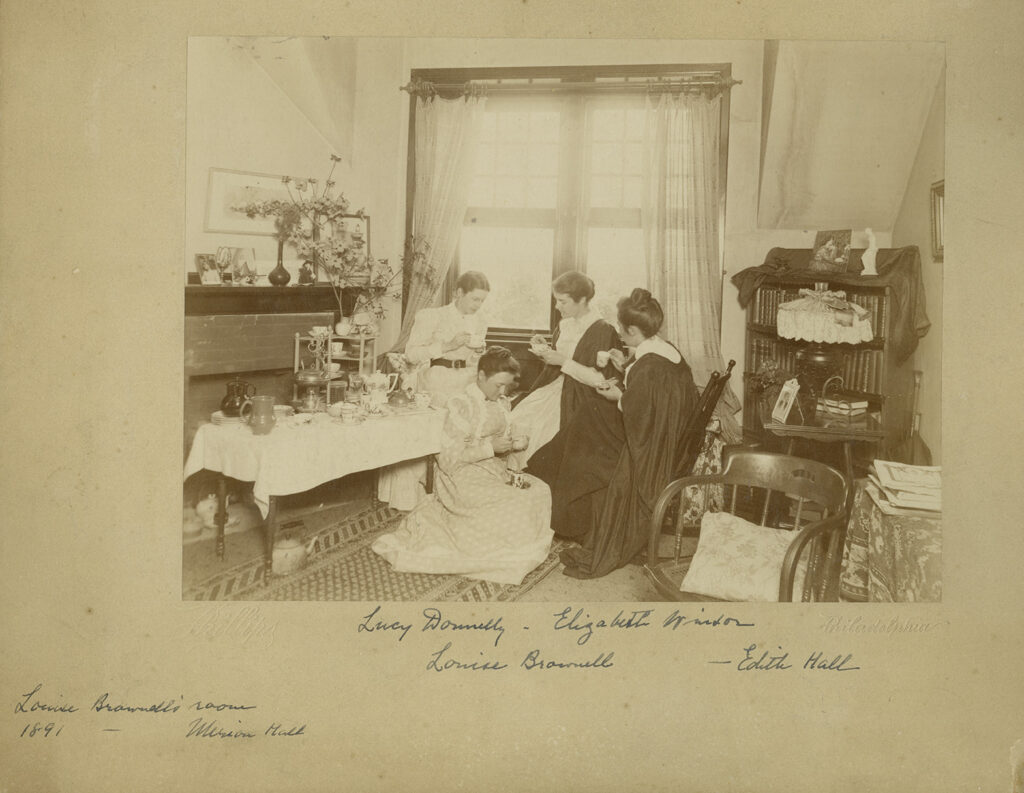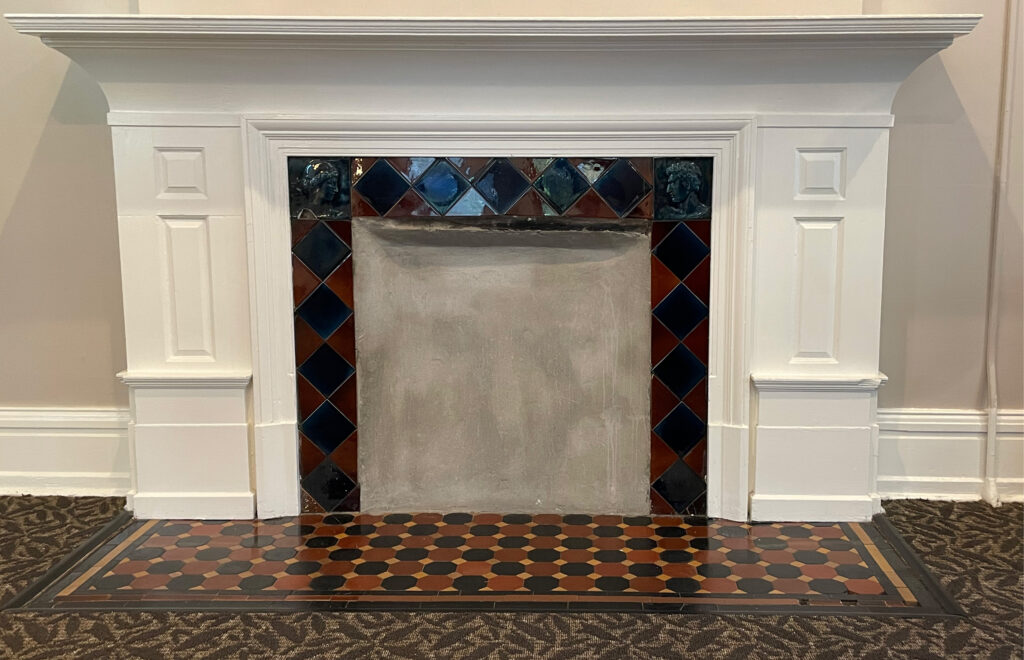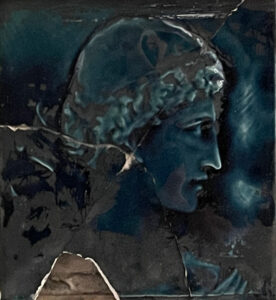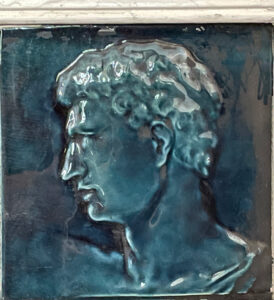“That you may adorn such homes is the highest aim of Bryn Mawr.”
James E. Rhoads, Inaugural Address for Bryn Mawr College (1885)
The founders of Bryn Mawr believed that good design impressed culture on women, securing their moral values and elevating their social refinement. Design elements such as fireplaces provided space to practice the domestic rituals that made good homemakers. The nexus of nineteenth-century domesticity, fireplaces exhibited the values of Christian homes.
Like the dress of Quaker students, the design of Merion was to be simple, yet of fine quality and true in materials. Each feature selected by Addison Hutton aimed to temper the worldly with simplicity.

“….women of higher intellectual education should have those higher graces of manner, that richer courtesy, which is the beautiful setting of a noble spirit, without which knowledge only makes them unattractive….This culture cannot be given in set lessons; it must surround one like the atmosphere and be breathed continually.”
Annie E. Johnson, “Suggestions for the Organization of Bryn Mawr College,“ in Proceedings of a Conference on Education in the Society of Friends (1880)
The fireplace was the focal point of nineteenth-century imaginations of home. Families were expected to gather and socialize at the warmth of the hearth. Although Bryn Mawr equipped student studies with functional fireplaces, they were not necessary for heating and were only sometimes used. More often they functioned as stages in the performance of domesticity. In this photograph, students drinking tea arrange their social ritual near the fireplace, though unused.
“How can the education of young ladies be conducted so as to give them refined and graceful manners, and genuine refinement of character, at the same time that Christian simplicity is observed?”
M. A. Longstreth, “With regard to the Question of the Executive Committee,” in Proceedings of a Conference on Education in the Society of Friends (1880)
Tiles decorating the fireplace of Merion’s main parlor were purchased from the award-winning J. and J.G. Low Art Tile Co. in the 1880s. Such a worldly inclusion was made acceptable by means of a subdued, bichromal palette and simple, diamond pattern. The two corner tiles depict Classicizing profiles of a woman and man, who gaze at each other across the span of the fireplace. Classicizing culture was associated with education, refinement, and social influence in the late nineteenth century, and a home decorated with such imagery claimed these qualities for its occupants. The gendered profiles reinforce the heteronormative organization of the domestic sphere and the bond of husband and wife, which was essential to the patriarchal order of an ideal home.



